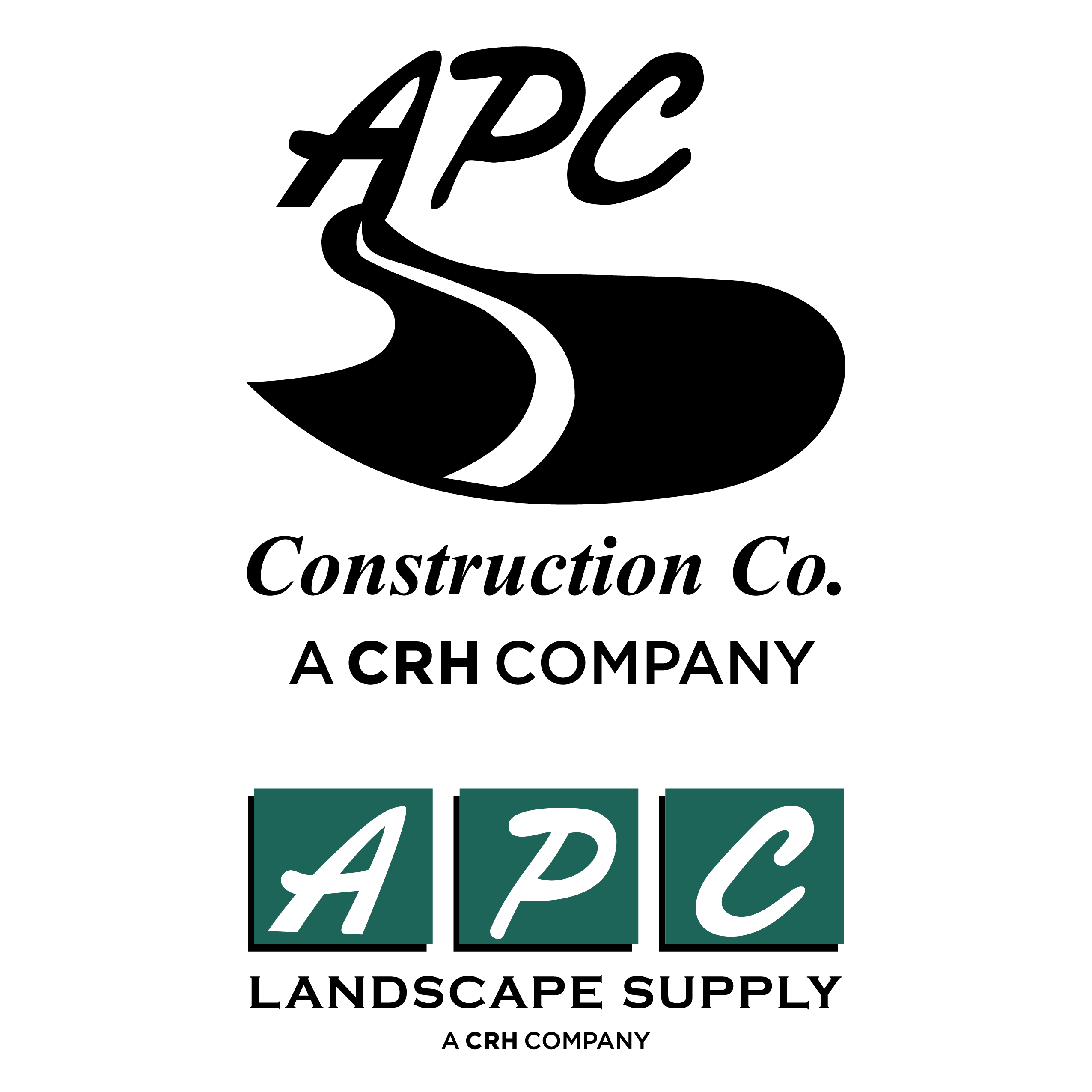Gravel Driveways: A Comprehensive Guide to Choosing the Right Surface
May 2, 2024
Picking the perfect gravel for a driveway is about more than looks. It’s about durability, how it holds up in different weather conditions, and how well it drains. Every type available comes loaded with its own set of benefits. You might like the solidity of crusher run, or perhaps the cost-saving potential of recycled asphalt grabs your attention. Or your fancy might be tickled by the smooth elegance of pea gravel. The winners of this race are always going to be the type that best suits your driveway’s needs and fits your budget comfortably.
Why Choose a Gravel Driveway
Gravel driveways are a key element for a budget-friendly choice, offering cost-effective installation, maintenance, and excellent durability and water management. Proper installation ensures a stable foundation supporting the driveway’s longevity and functionality. Choosing the correct gravel types and compaction methods creates a durable driveway that can support heavy traffic.
Maximizing a gravel driveway’s lifespan and effectiveness hinges on a solid foundation. A good base layer hinders shifting and sinking, maintaining the driveway’s stability under different conditions. The use of well-graded gravel for the base aids water drainage and mitigates water accumulation as well.
Ensuring suitable water drainage is critical to a gravel driveway’s longevity. Appropriate water runoff occurs when the driveway is designed with a slight crown and side slopes, helping to avoid erosion and enhance surface durability. Regular tasks, such as regrading or replenishing the gravel, will maintain the driveway’s condition.
Types of Gravel Explained
Various gravel types present unique benefits and challenges for driveway projects. Understanding each type’s specific properties is key in selecting the right option.
Crusher run, grounded from limestone or granite, provides a sturdy surface capable of managing heavy vehicle movement. Ideal for high-traffic driveways due to its stability and compaction. Compact and resilient, Recycled Asphalt Product (RAP) is an eco-conscious option that, over time, copies the solid nature of traditional asphalt, making it a viable selection for driveways.
Pea gravel, distinguished by its smooth, rounded shape and many colors, doesn’t compact as well as other gravels, but is highly suitable for areas requiring effective drainage and decorative flair. Distinct features, aesthetic, and function, make each gravel type unique. Balancing these aspects is the goal in choosing the proper gravel for a driveway, harmonizing utility and style.
Factors Influencing Gravel Selection
Choosing the ideal gravel for a driveway project means considering factors such as material, cost, and project specs. Weighing different gravel types, like crushed stone, pea gravel, and recycled asphalt, can help determine their benefits and suitability. Evaluate the driveway’s traffic level first. More durable materials like crushed stone are needed for high-traffic areas due to their strength and longevity. For lower traffic, pea gravel could be a more visually appealing.
Next, ensure the driveway has adequate drainage. This helps avoid water build-up which may cause damage over time. Materials such as river rock, given their varied sizes and shapes, aid in efficient water flow. But don’t just consider the initial cost. There are also long-term maintenance costs that come into play. Some materials may appear economically friendly at first, but higher upkeep expenses can impact the long-term budget.
Preparing Your Driveway Site
Clearing the driveway site of vegetation, debris, and topsoil forms a stable base, preventing uneven settling under vehicle weight. This initial step should precede the gravel selection process, creating a durable and long-lasting driveway.
Be sure there’s proper grading by establishing a mild incline, ranging from a 1% to 2% slope. This slope enables water drainage, preventing surface pooling. Use surrounding landscape elevation marks for simultaneous consistency and property integration.
Use of geotextile fabric directly over a cleared and graded site can transform gravel driveways. It provides stability, prevents subsoil and gravel intermixing, and ultimately, reduces maintenance.
Gravel Driveway Installation
Select a suitable base layer such as crushed stone or CA6 Road Mix to guarantee a stable, long-lasting gravel driveway. This choice is vital as it underpins the driveway installation, ensuring the surface can withstand environmental conditions and vehicular traffic. Once you’ve settled on the right material, it’s essential to calculate your gravel needs correctly. This ensures you don’t fall short during the installation or overspend on excess materials.
Next, focus on grading the driveway site to facilitate proper drainage. This step prevents water accumulation, which can lead to erosion or potholes and ultimately extend the lifespan of your driveway. Implementing a slight incline along the driveway length allows water to run off to the sides, where it can be efficiently managed.
Choosing innovative edging materials will define your driveway’s boundaries and stabilize and contain the gravel, reducing maintenance tasks such as redistributing displaced stones. Options like steel, aluminum, or even more natural choices like stone or brick can enhance functionality and aesthetic appeal.
Maintenance Tips for Longevity
Maintaining a gravel driveway involves regular raking and gravel refilling, creating a level surface and preventing erosion. Consistent upkeep will preserve the driveway and reduces risks associated with irregular surfaces.
Longevity requires quick action on potholes and rutting, warding off further degradation and preserving drivability. A weed barrier underneath the gravel can block unwanted vegetation that might affect the gravel’s structure and look.
Periodic gravel compaction is also necessary. As is the establishment of effective drainage systems, such as a crown or grade directing water away. This prevents water pooling and safeguards against gravel run and erosion.
Enhancing Driveway Aesthetics
Selection of suitable gravel type and texture can be a major boost to the look and feel of the driveway. Material choice should take into account how the size, shape, and color of gravel will match the home’s exterior and landscaping. A couple of potential options are:
Incorporate Decorative Gravel: Use pea gravel for its smooth texture and varied colors. This option is perfect for achieving a refined and inviting look. Its rounded stones add beauty and provide excellent drainage, preventing water accumulation.
Select Crushed Stone for Traction: Select 3/4 CA7 Limestone Landscaping Rocks on sloped driveways. Their jagged edges offer enhanced traction, reducing slipperiness during wet conditions. The angular shape also creates an appealing rugged texture, which can dramatically boost curb appeal.
Choose River Rock for Natural Elegance: Choose river rock to introduce various shapes and colors, mimicking a natural, organic environment. Though it may shift on slopes, its diverse appearance adds a unique charm that stands out from traditional gravel types.
Finalizing a gravel driveway involves careful selection of the surface for sustainability and style. With proper preparation and placement, a strong, beautiful driveway is the likely outcome. It’s important to commit to regular maintenance for the driveway to maintain its elegance and functionality. With careful selection and consistent care, a gravel driveway can enhance the home’s appeal and provide a durable, well-drained surface for many years. What’s left will be a space that’s transformed into a unique texture-rich area.


